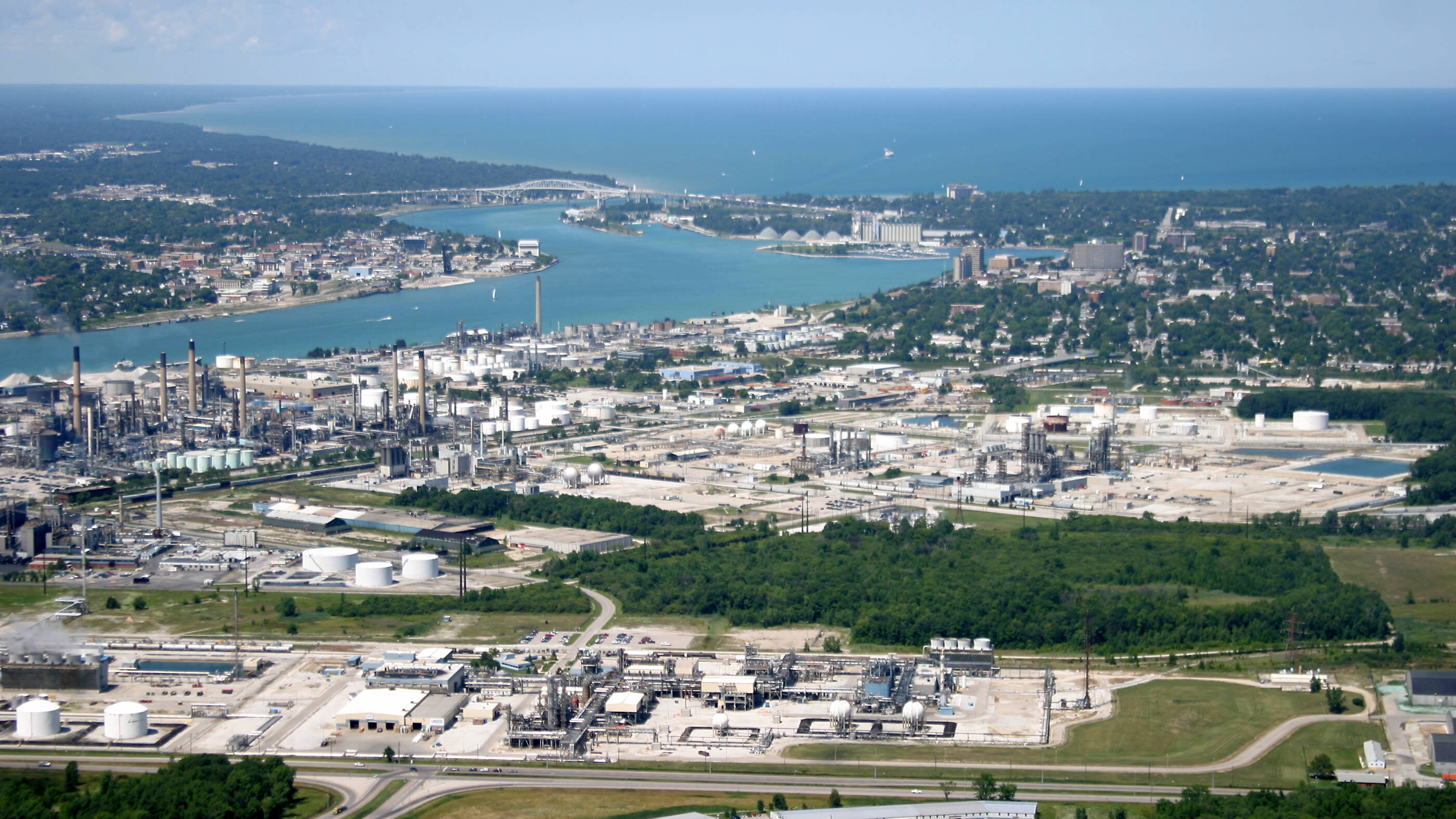selected item
What is fenceline monitoring
Fenceline Monitoring
Imperial shares the public’s concern for the environment and the health and safety of the communities surrounding our operations. The majority of our Sarnia site and Nanticoke refinery employees live and raise their families nearby. They work incredibly hard every day to run safe and efficient operations as responsible neighbours.
One of our primary environmental focus areas is air quality. We continuously look for innovative ways to improve our air monitoring systems to reduce emissions, and we are seeing results. We have achieved a 60 percent reduction in sulphur dioxide emissions at our Sarnia refinery and an 88 percent reduction in benzene emissions since 1994.
The Ontario government’s fenceline monitoring program benefits the public and helps the company by establishing a consistent way to monitor safe operations at our fenceline.
This fenceline monitoring is included in the Ministry of the Environment and Climate Change (MOECC) Benzene Technical Standard, which came into effect in July 2016. The standard outlines specific maintenance and operating practices to minimize benzene emissions, including a system for fenceline monitoring of benzene, leak detection and repair (LDAR), waste water monitoring, tank monitoring and inspection and product loading limits.
The collaborative program between the government, industry and community, including First Nations, was also designed with actions that include investigation and prompt corrective action to ensure ongoing safety.
The overall goal is to reduce benzene emissions through a targeted approach of monitoring so sources can be addressed and emissions reduced over time.
Imperial’s fenceline monitoring system involves continuous air sampling, collected from sampling stations surrounding our sites. After 14 consecutive days, the samples are collected and analyzed for benzene concentrations, and the monitoring cycle begins again.
What is fenceline monitoring?
Fenceline (or perimeter) monitoring is the use of monitoring technology to measure the ambient air concentration of a specific chemical at the property line of a manufacturing site (e.g., petroleum refinery, chemical plant).
How it works
The air samples are collected by tubes, which are filled with an absorbent and switched out every two weeks. Once removed, the tubes are sampled at an independent accredited laboratory.
Did you know?
The science of absorption is one we are familiar with in our daily lives. Examples are using paper towels to absorb liquids from the counter or baby diapers. The difference in fenceline monitoring is that after we absorb the chemicals in our tubes, they are later desorbed (absorbed chemicals removed from the absorbent) in the lab so that how much we collected can be measured. We wouldn’t do that with a baby diaper!





